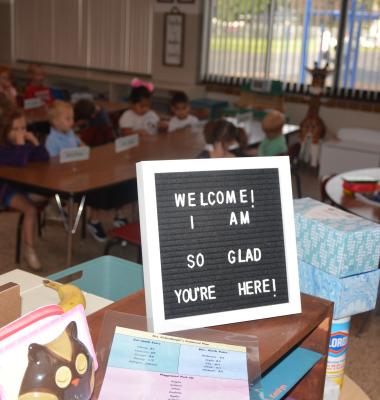Iowa pheasant season opens this weekend

The Iowa Department of Natural Resources (DNR) believes that pheasant hunting this year will be about the same as last year, despite a low pheasant count in August.
“Survey results indicate a statewide average pheasant population decline of 30 percent and quail population decline of 23 percent, but pheasant brood sightings are up statewide,” said Todd Bogenschutz, DNR wildlife biologist in a press release earlier this fall.
The roadside survey is conducted the first two weeks in August, and although those numbers don’t look too promising, DNR staffers believe the weather skewed numbers. Landowners and DNR staff members report pheasant brood sightings have increased statewide. "In a nutshell, drought conditions probably led to a poor survey count,” said Bogenschutz.
Pheasant hunting opened last weekend in Iowa with the youth hunt, and this Saturday morning the regular season opens. The residents-only youth season last weekend gave Iowans age 15 and younger the opportunity to hunt for rooster pheasants without purchasing a license, habitat fee or taking hunter education. Youths were allowed to hunt under the direct supervision of an adult age 18 or older that has a valid hunting license and habitat fee. Starting this weekend, rooster pheasants may be hunted, with a valid license, from 8 a.m. to 4:30 p.m. The daily bag limit is three, while the possession limit is 12. Pheasant season runs through Jan. 10.
Last year, hunters bagged about 250,000 roosters, and the DNR is expecting similar numbers this year. Two major factors influence Iowa's pheasant population: Average snowfall and spring rain. Areas with less than 30 inches of snowfall have higher pheasant survival rates. Warm, dry springs increase nesting success. This year, Iowa had a below average winter and a wetter-than-normal spring, so biologists believe there will be little change in the pheasant population, in spite of those low survey counts.
*/
DNR game distribution maps drawn from the August roadside surveys, however, don’t show a pretty picture for Chickasaw County and the surrounding areas.
For more of this article, see Friday's New Hampton Tribune or Thursday's Nashua Reporter.














